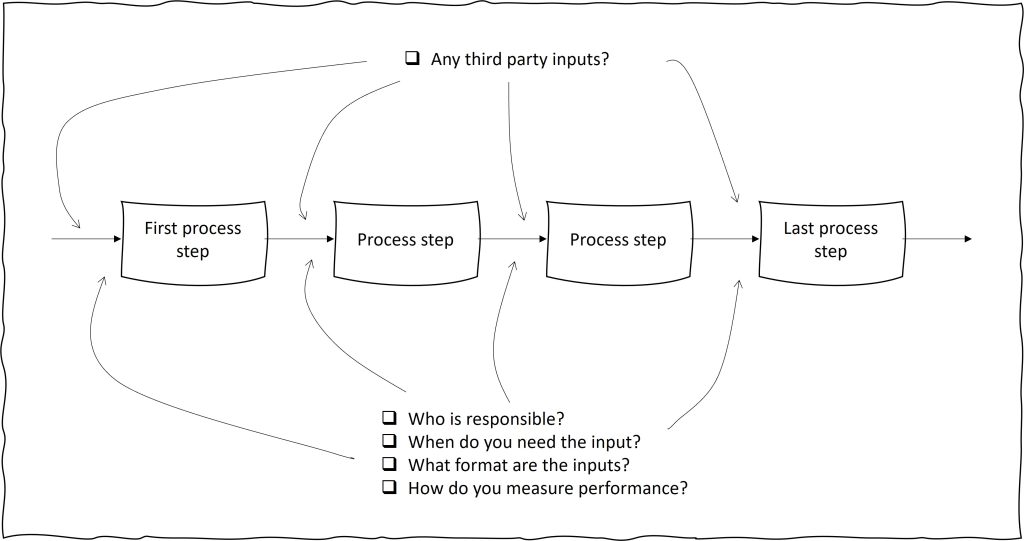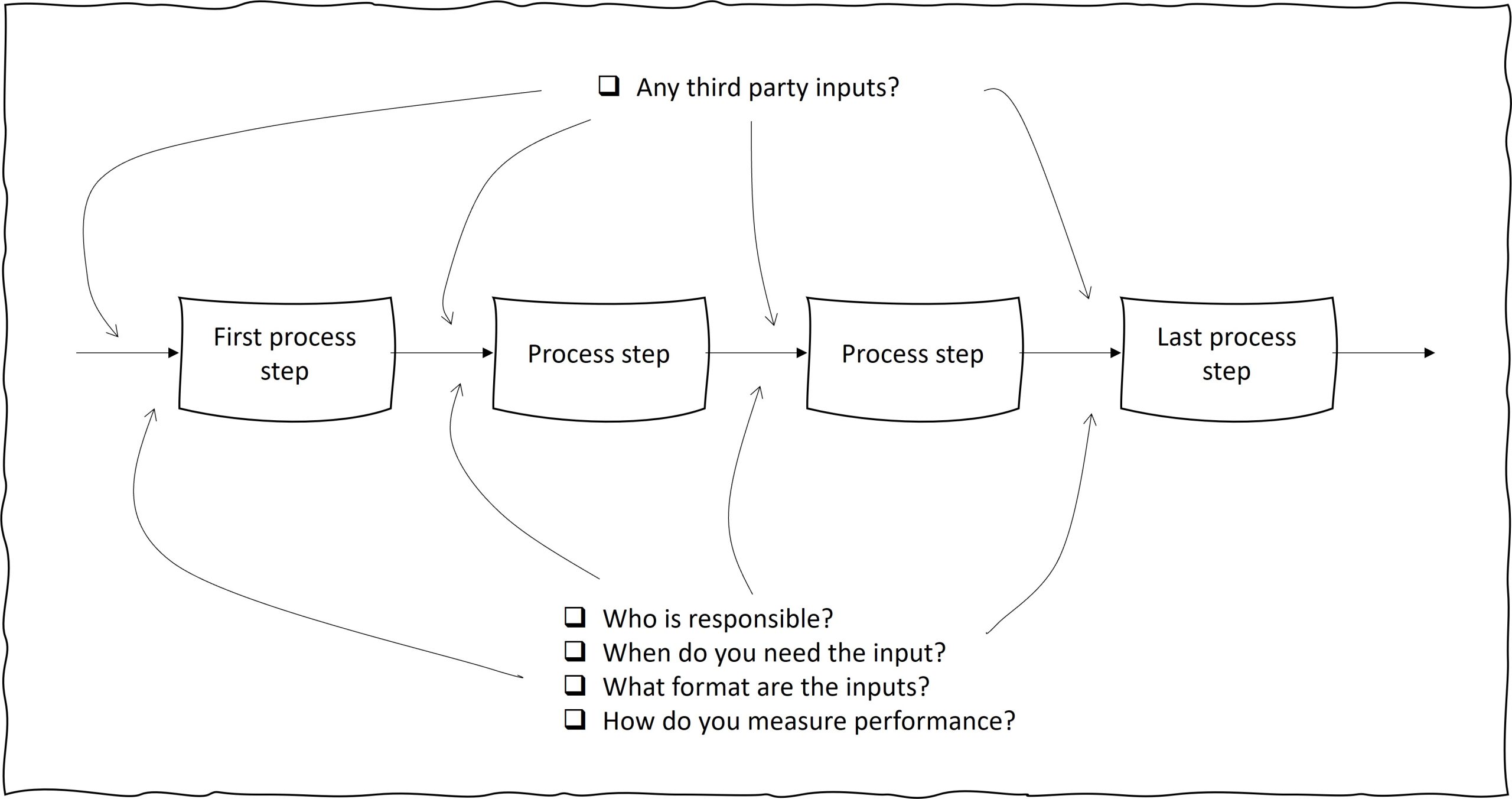You can tell a lot about the ‘natural’ on time delivery performance of a business by looking at the last step in their process. If it is operating in a relatively calm manner, chances are good that the process is well designed and managed. If it is fraught, then the opposite is quite possible.
I used inverted commas around the word natural for a specific reason. Many businesses are reliant on a few people to pull them out of the sticky stuff when they get stuck. This masks the problems that are present in a business. If you want to drive performance and achieve consistently high levels of OTIF, you need visibility of your issues.
Are you reliant on your superheroes?
If there weren’t a few people that could roll up their sleeves and pull projects, production or service delivery, where would you be?
If these people left your organisation, would you still be able to function the way that you do?
Should the answers to these questions leave you feeling uncomfortable, keep reading…

Bailing out versus system thinking
Every time one of your superheroes gets involved, this is a red flag regarding your system. To get away from the dependency of a few people being able to drive your performance you need to be aware of this happening.
System thinking requires you to reconcile the causes with the effects. Blood, sweat and tears is a not a great long term strategy.
What are your symptoms of failure?
You’ll notice recurring issues in your business that happen before one of these episodes occurs (either salvation or disaster). Examples include:
- Frenetic working amongst the staff at the back end of the process.
- Administration errors as paperwork is rushed.
- Needing to send your ‘best person’ in to fix the problems.
- Re-inventing the wheel.
- Customer complaints about delivery performance.
- Uneven output, week on week, from the business.
You’ll have your own repeating issues. What are they?
Your heroes – cause or cure?
An interesting argument is that the people that come to the rescue are also part of the problem. This can unfold in two ways:
- Our heroes are too stretched to do their day job properly. Their errors lead to the issues you find at the back end of your processes. They are fixing their own problems!
- Our heroes have not shared their knowledge about the process. This stops everyone else being able to carry out the process’ tasks effectively.
A client of mine, when talking about this, once said that they weren’t sure if their best person was the arsonist, the firefighter, or both!

Thinking IPO
The Input – Process – Output (IPO) thinking approach can be very useful here.
Mapping out your key process steps and clarifying what needs to be made available for each process can be enlightening. The input for one process is largely the output of the previous step. Working backwards from the end of your process can be an efficient way to map out this process. Any additional inputs (from third parties, for example) can be added in.
Adding in the detail of who is responsible for the outputs, when they are needed, in what format and how they should be made available can make a huge difference to the clarity around this issue. You may find that how one process step finishes doesn’t help the next step to ‘fire on all cylinders’.
Clarify roles
By completing the above exercise, you may find that you need to clarify the expectations around certain roles in your business.
If necessary, update your job descriptions or ‘responsibility matrix’ and communicate this with your teams. If you have related KPIs (Key Performance Indicators) that are aligned with the input processes, ensure that they are owned by members of your team.
Sometimes it might be as simple as stating the obvious:
- The buyer buys…
- The planner plans…
- The manager manages…
Focusing time on doing the intended task and not deviating… it is a simple strategy if you are struggling with your team to be doing what they should be doing. The superhero need at the end of the process can be really distracting!
Steadily improving OTIF
I hope that you have found some ideas in this article that can help you to improve your on time delivery performance. Watching the process fall over and have to be bailed out is frustrating (and time consuming). Crystal clear job roles and expectations around your processes can make all the difference.
Useful Links
Every Business Needs a Routine – how to introduce effective business habits into your organisation.
Losing the Cape – my book on dealing with the superheroes in our businesses (and putting them onto standby more often!).
OTIF Improvement System – a step by step system to improve on time delivery performance.

